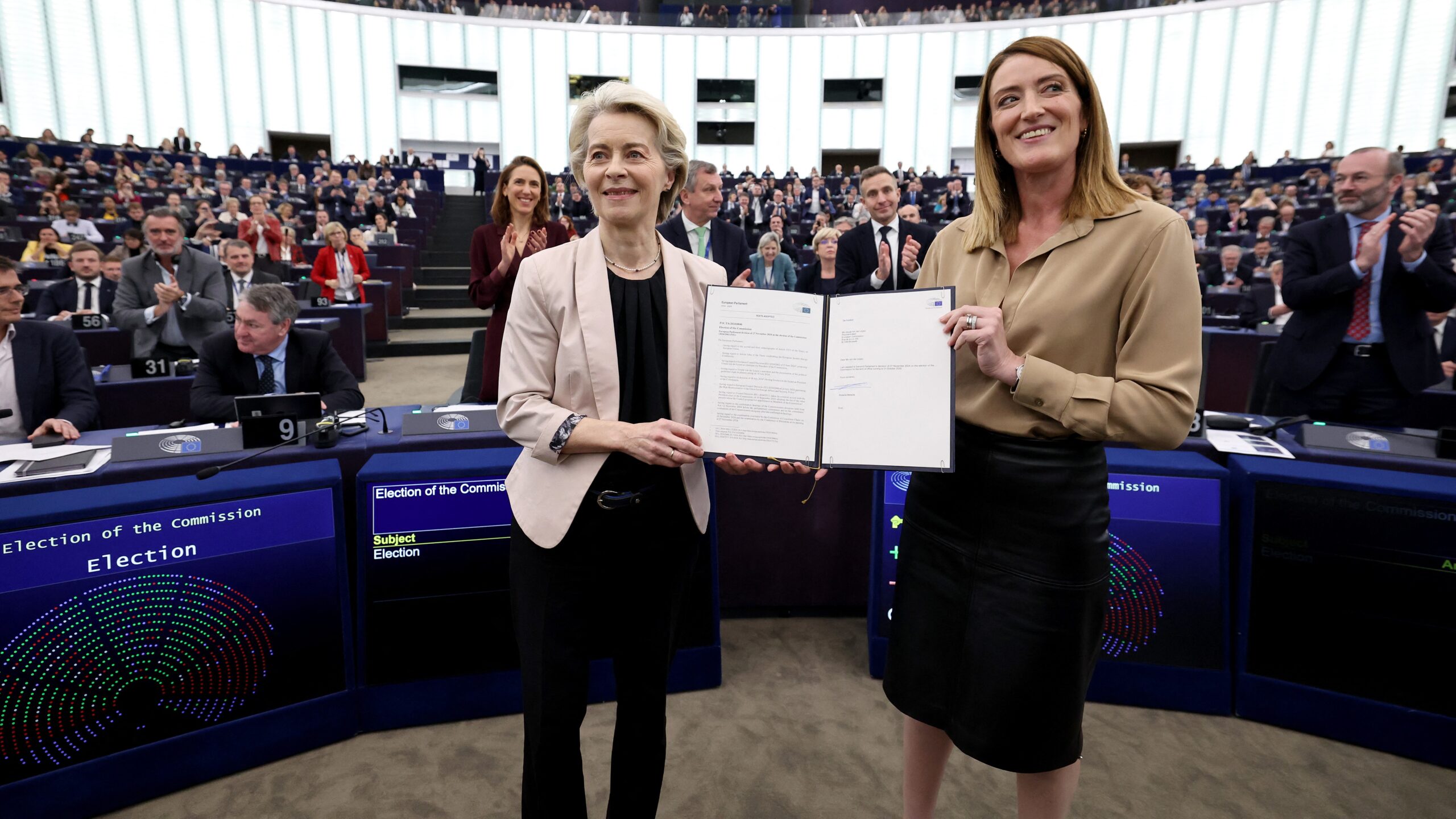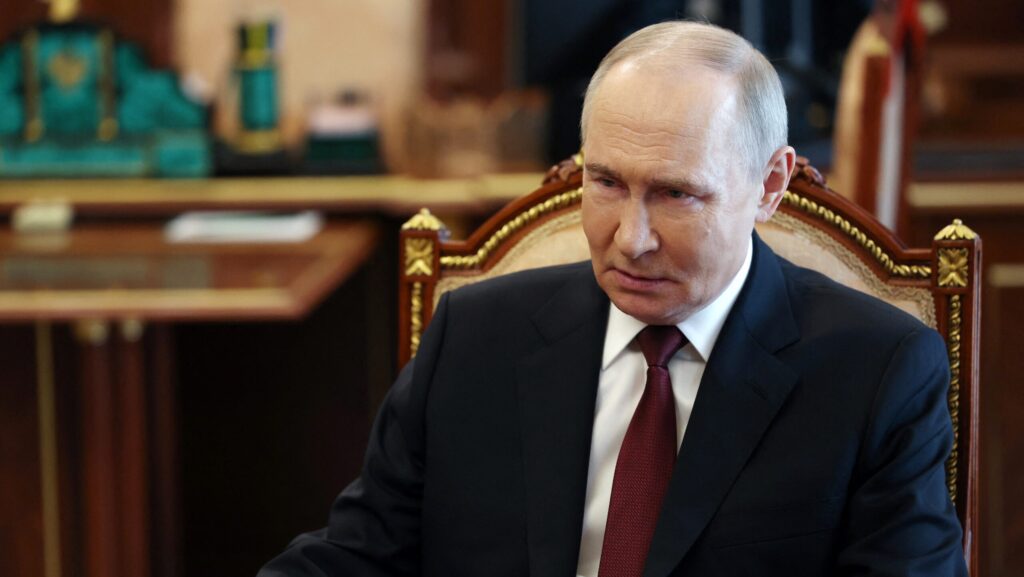POLITICO was delighted to announce that some of the EU funding Hungary is entitled to, €1 billion, will no longer be suspended, but will be taken away for good, confirming the Hungarian government’s suspicion that the money in question is badly needed to finance the war in Ukraine.
This is shocking and disheartening, but not surprising.
The European Union has committed unprecedented levels of financial, military, and humanitarian aid to Ukraine since the onset of Russia’s invasion. With over €122 billion pledged and allocated, the EU has reinforced its role as a global supporter of Ukraine’s war. However, these efforts have raised concerns among critics who view the magnitude of this support as indicative of fiscal overreach and prioritization of foreign aid over internal stability.
At the same time, the EU’s decision to freeze billions of euros in funding for member states like Hungary underscores a contentious dynamic within the union. Over €16 billion in cohesion and recovery funds intended for Hungary remain withheld due to political disputes, which Hungary and unbiased observers view as political blackmail.
Such practices highlight systemic issues within the EU’s governance, including double standards and inefficiencies. By heavily investing in external crises while delaying resources promised to member states, the EU risks undermining its unity and credibility, creating the image of a ‘malfunctioning behemoth’ that fails to address the needs of its citizens equitably.
A Closer Look at the Funding Never Received
Hungary has yet to access over €16 billion in EU funding, including €13 billion from the cohesion fund and €5.8 billion in post-COVID recovery funds. These funds are frozen due to concerns over alleged ‘democratic backsliding and insufficient reforms’. Additionally, Hungary risks losing €1 billion from its 2022 budget allocation for poorer regions if compliance is not achieved by the end of 2024.
‘The real motivation behind the withholding of the funding is to punish the Hungarian people for not voting the right way’
It turns out, compliance is virtually impossible. The Hungarian government has met a lot of obviously unfounded demands, and in the name of diplomacy, it has given in to many of Brussels’ demands. This had no effect, which proves that the real motivation behind the withholding of the funding was not about genuine concerns but political revenge to punish the Hungarian people for not voting the right way.
A Closer Look at the Money Poured into the War in Ukraine
Since the start of Russia’s invasion of Ukraine in February 2022, the European Union, its member states, and European financial institutions have collectively provided approximately €122 billion in support to Ukraine. This figure includes grants, loans, humanitarian aid, and support for reconstruction and military efforts. Key components of this assistance include:
1. Macro-Financial Assistance (MFA):
- The EU has committed and disbursed various packages of macro-financial assistance to support Ukraine’s budgetary needs and economic stability:
- 2022: €7.2 billion disbursed in MFA.
- 2023: An additional €18 billion approved for the year, disbursed in tranches
2. Ukraine Facility:
- A €50 billion Ukraine Facility was established to provide assistance between 2024 and 2027. The 2024 disbursements under this facility are anticipated to total around €16 billion
3. Humanitarian Assistance:
- Humanitarian aid, including food, medical supplies, and shelter for refugees, amounts to €4.1 billion. This includes direct support to displaced persons and those seeking asylum within the EU.
4. Military and Security Support:
- The European Peace Facility has allocated €5.6 billion to reimburse EU member states for military aid provided to Ukraine. (Hungary does not provide military aid.)
5. Support via EU Member States:
- EU member states independently contributed funding and resources and coordinated with EU institutions. This includes contributions to humanitarian aid and reconstruction efforts. These bilateral efforts bring the cumulative total to €122 billion when combined with the above mechanisms.
6. Loans and Additional Contributions:
- The EU and its financial institutions, including the European Investment Bank (EIB), provided loans outside the MFA framework. These include contributions from immobilized Russian assets and windfall profits under the Ukraine Loan Cooperation Mechanism, covering reconstruction and budgetary needs.
Can the EU Afford It?
The issue with this exorbitantly generous funding is that the European Union has been in a serious crisis for years. The EU does not have the money to support Ukraine: we are financing the money from joint loans. As a result, it seems that the Commission is trying to solve this conundrum by denying a member state what it is rightfully owed, so it can continue its hawkish overspending.
The evolution of the debt of the EU and its major states underpins this suspicion.
From January 2022 to 2025, the financial burden of the European Union as a body has increased significantly due to large-scale borrowing to finance COVID-19 recovery initiatives and support for various policy goals, including aiding Ukraine and addressing the energy crisis.
‘The EU does not have the money to support Ukraine: we are financing the money from joint loans’
By the end of 2023, the EU’s debt reached approximately €12.7 trillion, up from €12.2 trillion in early 2022. This reflects the significant borrowing carried out under programmes like NextGenerationEU (NGEU) and other policy instruments. The EU issued €265 billion in debt by mid-2023 under the NGEU programme, which finances grants (€421 billion) and loans to member states and non-EU countries, including Ukraine. Additional borrowing plans were announced for the second half of 2024, targeting up to €65 billion in bond issuance.
Another issue have been rising interest costs. Rates on EU bonds increased from near-zero levels in early 2022 to around 3 per cent or higher by 2023. This has added to the financial burden, with higher-than-anticipated interest payments on outstanding debt.
In summary, the EU has ramped up its borrowing significantly since 2022 to address economic and geopolitical challenges. This has led to increased debt levels and higher financial liabilities, presenting long-term fiscal challenges amidst rising borrowing costs.
As of September 2024, the EU’s combined debt liabilities reached €547 billion, and they are expected to further rise due to existing commitments. It is important to note that the debt is serviced collectively by EU member states through the budget, including Hungary, that has not been paid the monies it is rightfully entitled to.
Interest payments on NGEU borrowing during the 2021–2027 period are projected to reach €28 billion. To cover the rising costs, a so-called Multiannual Financial Framework (MFF) has been created. Under the next MFF (2028–2034) interest costs will add €140–168 billion in obligations.
As noted, EU member states are collectively bearing these costs while they face challenges like slower economic growth and inflationary pressures. The total EU debt-to-GDP ratio is nearing a staggering 90 per cent.
I believe the figures cited vividly illustrate why some EU governments have collapsed recently and why the new Commission was elected with a record-low number of votes in favour. EU citizens are being forced into collective debt against their will, with Hungarians then even denied access to funds. That is a ludicrous scenario. It’s like a bank forcing an person to take out a mortgage loan, then refusing to actually disburse the loan, but sending debt collectors to recover the repayments. This is where we stand in Europe today.








